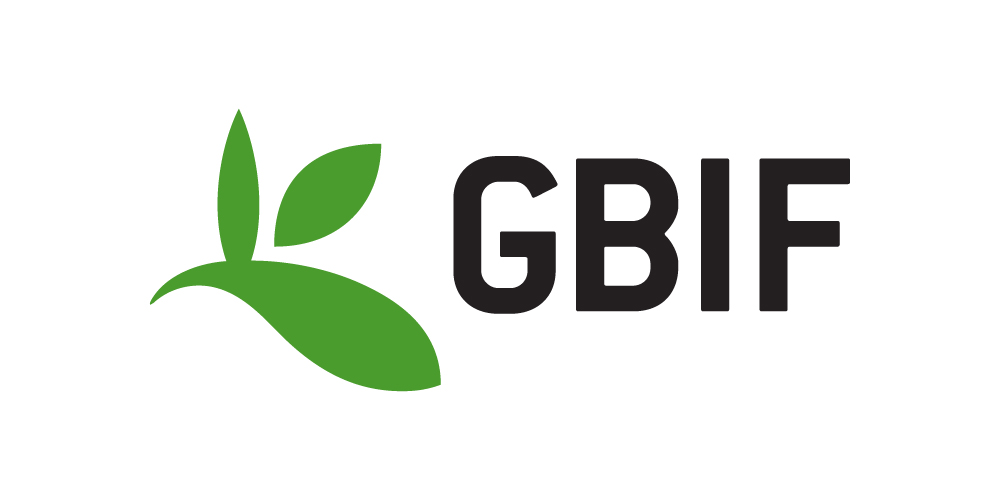First satellite tracking of sea turtles in Albania (aggregated per 1-degree cell)
GBIF
Dataset type
This dataset that contains primary occurrence data for species.
Description
<p>Original provider:
MEDASSET
Dataset credits:
Data provider: Mediterranean Association to Save the Sea Turtles MEDASSET; Originating data center: Satellite Tracking and Analysis Tool (STAT); Project sponsor or sponsor description: The satellite tracking programme was funded by the Global Environmental Facility Small Grants Programme in 2009 within the framework of the project “Monitoring and conservation of important sea turtle feeding grounds in the Patok Area of Albania 2008-10”, a project co-funded by MEDASSET, the United Nations Environment Programme-Mediterranean Action Plan (UNEP/MAP), the Regional Activity Centre for Specially Protected Areas (RAC/SPA) of UNEP/MAP and the British Chelonia Group.
Abstract:
The second phase of the three-year project “Monitoring and Conservation of Important Sea Turtle Feeding Grounds in the Patok Area of Albania, 2008-2010â€&#157; included the satellite tracking of three loggerhead turtles (Caretta caretta). <br>Turtles were caught incidentally by local fishermen who find them in their fish traps called “stavnikesâ€&#157;. One turtle (Shpresa) was assumed to be an early-adult female; the other two (Guximtari and Patoku) were immature males (sexually-developing). <br><br>The project revealed habitat use by these males, different overwintering strategies, the timing of a return migration into Albanian waters, and the fact that all three turtles used Drini Bay in consecutive summers i.e. showing fidelity to a foraging site.<br><br>The overall project aimed to establish the Patok lagoon area and Drini Bay in general as an important foraging area for sea turtles. Together with data and results derived using ‘traditional’ research methods (tagging, etc), the satellite tracking data have been used to justify the need for sea turtle protection measures to be enacted in Albania. Management Recommendations for Drini Bay and an Action Plan for the Conservation of Sea Turtles and their Habitats in Albania were formally submitted by MEDASSET to the Albanian Authorities in January 2012; the latter was officially adopted by Ministerial Order No. 596 on 22nd November 2012: a contribution to the Mediterranean Region’s endeavours to safeguard turtles in all of their habitats and migratory corridors.<br><br>Further reading:<br>Project report: http://www.medasset.org/project-reports/monitoring-and-conservation-of-important-sea-turtle-feeding-grounds-in-the-patok-area-of-albania-2008-2010-final-project-report/<br><br>This project has been presented at the 4th Mediterranean Conference of Marine Turtles. Citation:<br>D.Oakley, M.White, E.Kararaj, D.Përkeq, E.Saçdanaku, L.Petri, M.Mitro, L.Boura, K.Grimanis, L.Venizelos. Satellite-telemetry reveals different behavioural patterns for three loggerhead turtles Caretta caretta tagged at a foraging ground in Albania. In Bentivegna F., Maffucci F., Mauriello V. (compilers). Proceedings of 4th Mediterranean Conference of Marine Turtles Naples â€" Italy (2011)<br><br>Abstract available at: http://www.medasset.org/scientific-papers-thesis-and-dissertation/satellite-telemetry-reveals-different-behavioural-patterns-for-three-loggerhead-turtles-caretta-caretta-tagged-at-a-foraging-ground-in-albania/<br>
This dataset is a summarized representation of the telemetry locations aggregated per species per 1-degree cell.
</p>
Type of content
Includes: Point occurrence data, gbif import.Citation
https://doi.org/10.82144/fe2c0092
Digitised records
Looking up... the number of records that can be accessed through the BioAtlas - Atlas bioraznolikosti Hrvatske. This resource was last checked for updated data on 04 Dec 2025. The most recent data was published on 15 Nov 2024.
Metadata last updated on 2024-11-15 20:42:59.0
Loading...

